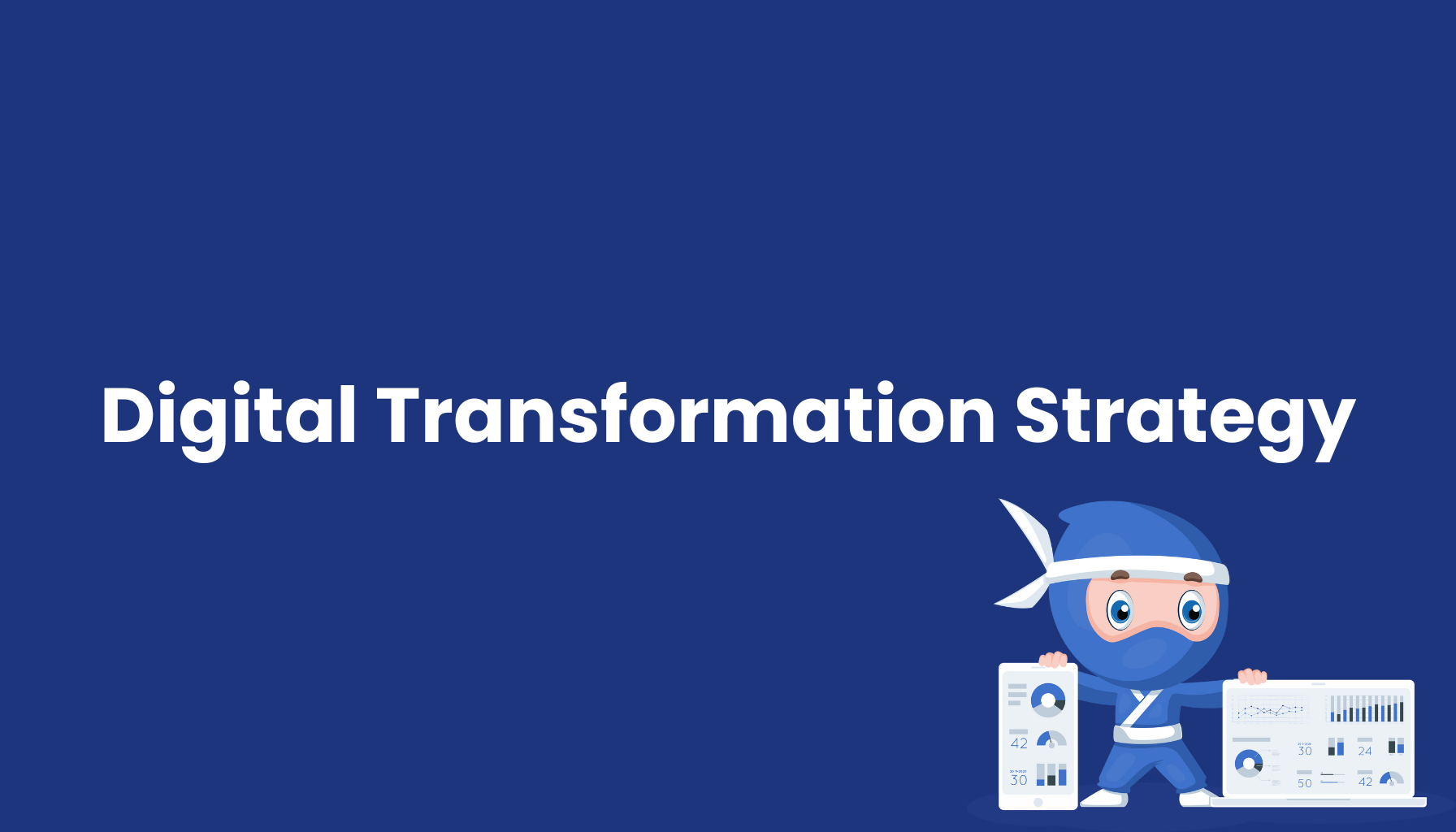Digital Transformation Strategy

Definition
A Digital Transformation Strategy is a comprehensive plan for systematically integrating digital technologies into all business areas to fundamentally change business models, processes, and customer interactions. This strategic initiative goes beyond mere technology implementation and encompasses cultural, organizational, and operational changes to create sustainable competitive advantages.
Strategic Components
A successful Digital Transformation Strategy is based on four core areas: customer experience, operational processes, business models, and employee capabilities. Each area requires specific objectives, technologies, and implementation approaches.
The strategy defines a clear vision for the organization's digital future, identifies critical success factors, and establishes metrics for progress tracking. Roadmaps structure transformation into manageable phases with defined milestones.
Change management and stakeholder engagement are central elements, as successful transformation must address both technological and human aspects.
Business Benefits
- Operational Excellence: Automation and digitization increase efficiency by 20-40% and reduce manual errors
- Customer Centricity: Improved customer experience through personalized, digital touchpoints and services
- Data-Driven Decisions: Real-time analytics enable fact-based strategy development and operational optimization
- Business Innovation: New digital business models and revenue streams unlock additional markets
- Future Readiness: Technological agility and adaptability to market changes
Applications
Manufacturing Industry: Industry 4.0 initiatives connect production facilities with IoT systems for smart manufacturing. Predictive maintenance reduces downtime while digital twins enable production optimization.
Retail and E-Commerce: Omnichannel strategies integrate online and offline channels for seamless customer experiences. AI-powered personalization and automated logistics improve service and efficiency.
Financial Services: Open banking and FinTech integration create new customer services. Robotic Process Automation automates back-office processes while blockchain enhances transaction security.
Healthcare: Telemedicine and digital patient records improve treatment quality and accessibility. IoT devices enable continuous health monitoring and preventive medicine.
Implementation Framework
Successful strategies begin with comprehensive current-state analysis and digital maturity assessment. Gap analyses identify differences between current and desired digital maturity.
Pilot projects demonstrate feasibility and ROI before large-scale rollout. Agile methodologies enable iterative development and rapid adjustments based on learning experiences.
Cross-functional teams bring together various departments and promote interdisciplinary collaboration for holistic solutions.
Technology Enablers
Cloud computing provides flexible infrastructure for scalable digital services. Artificial intelligence and machine learning automate decision processes and create intelligent systems.
Internet of Things connects physical and digital worlds for improved data collection and analysis. Robotic Process Automation eliminates repetitive tasks and increases productivity.
Data analytics and business intelligence transform raw data into actionable insights for strategic decisions.
Success Factors
Leadership commitment is crucial for sustainable transformation. Leaders must act as digital champions and model willingness to change.
Cultural transformation requires continuous communication, training, and incentive systems. Digital skills development qualifies employees for new work methods and technologies.
Customer-centric approach ensures digital initiatives create real value and support business objectives.
Metrics and KPIs
Digital maturity indices evaluate transformation progress across various dimensions. Customer experience scores measure impact on customer satisfaction.
Operational KPIs such as process efficiency, time-to-market, and cost reduction quantify operational improvements through digital initiatives.
Future Trends
Hyperautomation combines RPA, AI, and low-code platforms for comprehensive process automation. Edge computing enables real-time processing for latency-critical applications.
Sustainable Digital Transformation integrates ESG goals into digital strategies and uses technology for sustainability initiatives.
Digital Transformation Strategies evolve into continuous, adaptive programs that enable organizations to successfully exist and grow in an increasingly digital world.


